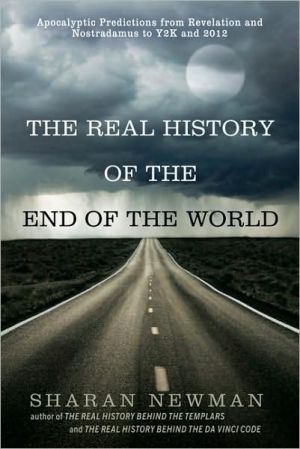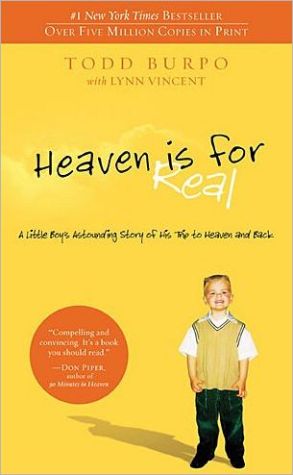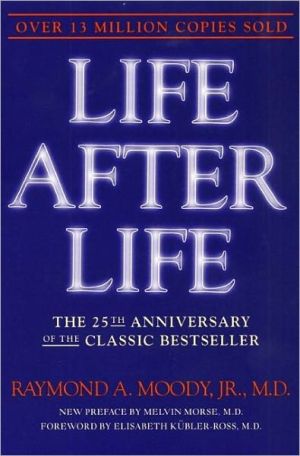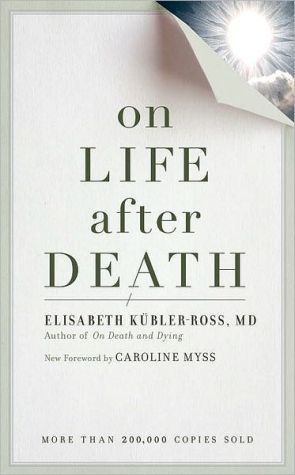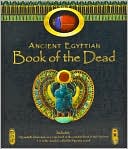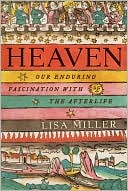The Real History of the End of the World: Apocalyptic Predictions from Revelation and Nostradamus to Y2K and 2012
From the author of The Real History Behind the Templars—the origins and stories behind end-of-the-world predictions throughout history, from Revelations to 2012.\ In entertaining and sharp prose, historian Sharan Newman explores theories of world destruction from ancient times up to the present day- theories which reveal as much about human nature as they do about the predominant historical, scientific, and religious beliefs of the time. Readers will find answers to the following end-of-times...
Search in google:
From the author of The Real History Behind the Templars--the origins and stories behind end-of-the-world predictions throughout history, from Revelations to 2012. In entertaining and sharp prose, historian Sharan Newman explores theories of world destruction from ancient times up to the present day- theories which reveal as much about human nature as they do about the predominant historical, scientific, and religious beliefs of the time. Readers will find answers to the following end-of-times questions: *Did the Mayans really say the world will end in December 2012? *How have the signs in the New Testament Book of Revelations been interpreted over the years? *How did ancient Egyptians, Norse, and Chinese think the world would end? *When did Nostradamus predict that the last days would come? *Does the I Ching reference 2012? *Why didn't the world end in Y2K? *Are meteors, global warming, super-volcanoes, and the threat of nuclear war signs that the end is near? Publishers Weekly In this cogent history, novelist and medieval historian Newman (The Witch in the Well, The Real History Behind the DaVinci Code) takes a cheerfully skeptical view of end-of-times prophesies beginning with the many flood stories of pre-historical Mesopotamia (including Noah's Ark), and ending with modern apocalyptic visions like the Branch Davidians cult, the contemporary Christian idea of rapture, and the (secular) Y2K scare. In between these bookends, Newman dips into the apocalyptic beliefs of early Christians (such as the vision of the Four Horseman of the Apocalypse), Chinese Daoism, the fictional 12th century magician Merlin ( "associated with prophecy" throughout Europe for more than 800 years), and the increasingly infamous Mayan calendar that supposedly "ends" on December 21, 2012, a false prophesy Newman attributes to commentators who don't understand the writing, religion or archaeoastronomy of the ancient civilization: "the Mayans, like the Egyptians, were more concerned with keeping the world going than with when it was going to end." Entertaining and well-footnoted, this guide to the ends of the Earth will inform skeptics but is unlikely to sway believers. Copyright © Reed Business Information, a division of Reed Elsevier Inc. All rights reserved.
\ Publishers WeeklyIn this cogent history, novelist and medieval historian Newman (The Witch in the Well, The Real History Behind the DaVinci Code) takes a cheerfully skeptical view of end-of-times prophesies beginning with the many flood stories of pre-historical Mesopotamia (including Noah's Ark), and ending with modern apocalyptic visions like the Branch Davidians cult, the contemporary Christian idea of rapture, and the (secular) Y2K scare. In between these bookends, Newman dips into the apocalyptic beliefs of early Christians (such as the vision of the Four Horseman of the Apocalypse), Chinese Daoism, the fictional 12th century magician Merlin ( "associated with prophecy" throughout Europe for more than 800 years), and the increasingly infamous Mayan calendar that supposedly "ends" on December 21, 2012, a false prophesy Newman attributes to commentators who don't understand the writing, religion or archaeoastronomy of the ancient civilization: "the Mayans, like the Egyptians, were more concerned with keeping the world going than with when it was going to end." Entertaining and well-footnoted, this guide to the ends of the Earth will inform skeptics but is unlikely to sway believers. \ Copyright © Reed Business Information, a division of Reed Elsevier Inc. All rights reserved.\ \
